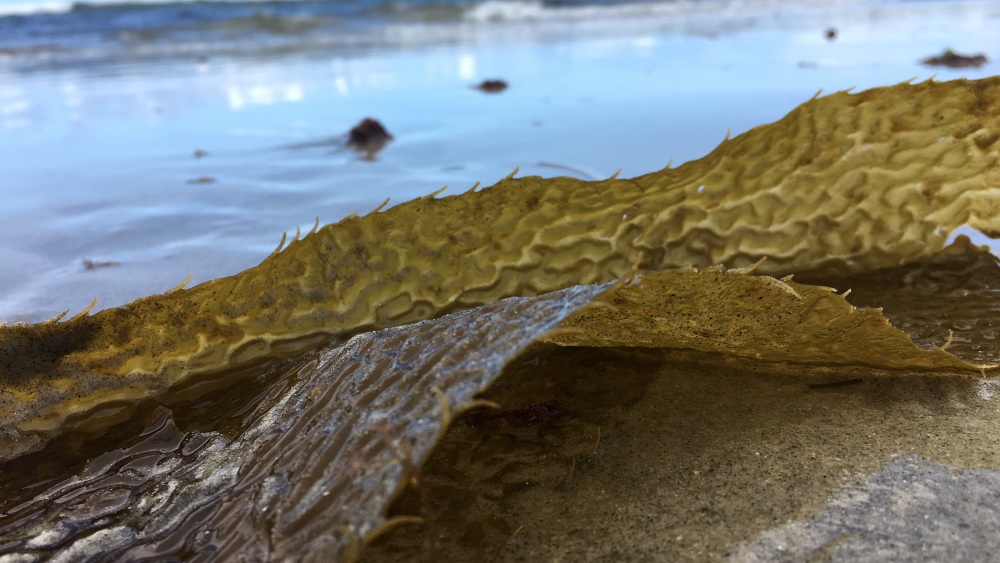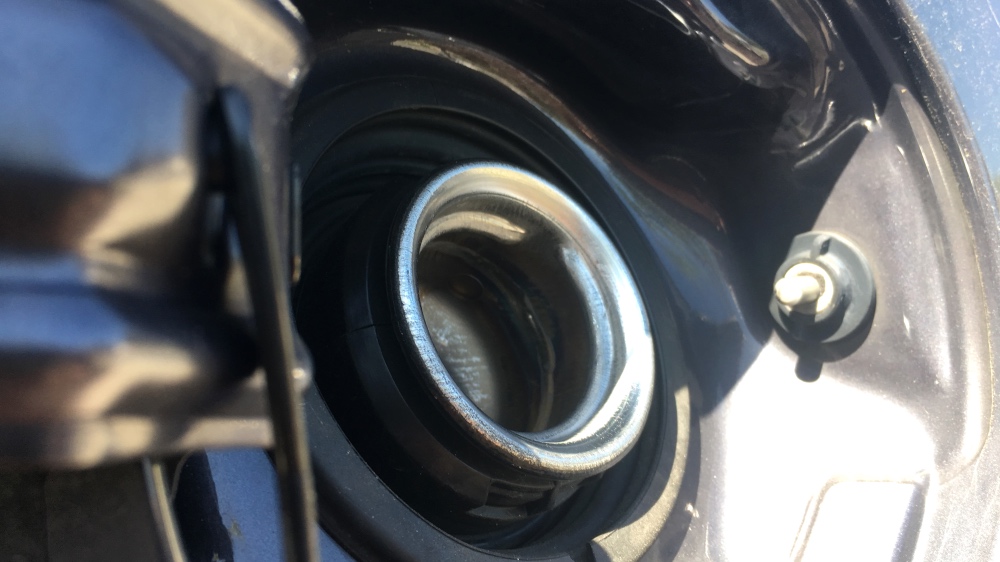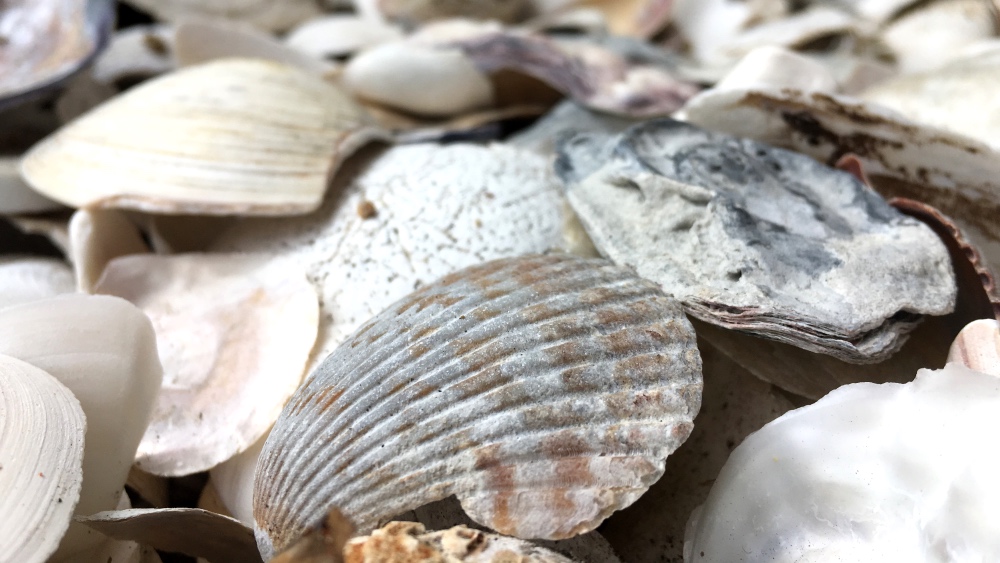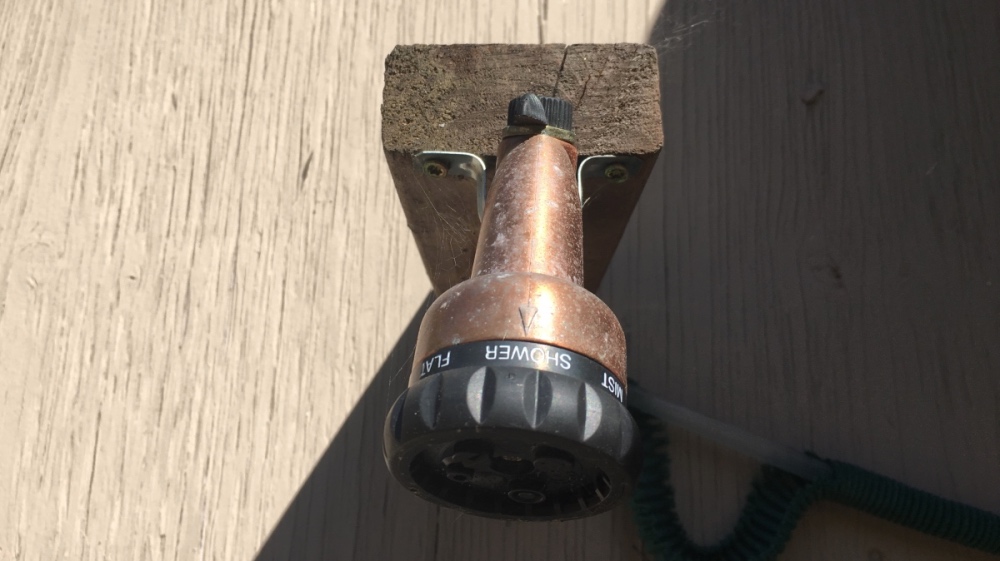Let’s talk plastic again. Plastic is everywhere. Most of it is made from fossil fuels. Project drawdown estimates that 5-6 percent of our global oil production goes into plastic manufacturing. After we use it, only 9% gets recycled! The rest ends up in landfills or in the environment where it emits greenhouse gases. Some of our plastic trash gets shipped to other countries which emits even more greenhouse gases.
So, what if we could replace plastic with a natural material? Something that takes carbon dioxide out of the atmosphere instead of producing it? Something that doesn’t need water or fertilizer to grow? And something that, while it’s growing, cleans our oceans? You guessed it, I’m talking about seaweed.
The British company Skipping Rocks Lab is working on just that: Replacing plastic with seaweed. This Forbes article covers how these seaweed pouches reduced plastic waste during the London marathon a few weeks ago. Organizers replaced 200.000 water bottles with seaweed pouches.
Skipping Rocks Lab calls these pouches Ooho. They use brown seaweed and remove it’s color, odor, and taste to produce a thin, edible membrane. To produce Ooho they are just using seaweed, calcium and water. The seaweed and calcium react to form a membrane. Here is how it works.

Skipping Rocks Lab has been experimenting with these pouches for a few years now. They are making pouches for drinks and little sachets for sauces and dressings. So instead of a little plastic bag, your ketchup could come in a seaweed package.
Brown seaweed is a sustainable and renewable material. While plastic takes 700 years to decompose, seaweed turns into soil in just 6 weeks.
“Growing up to 1m per day, it doesn’t compete with food crops, doesn’t need fresh water or fertiliser and actively contributes to de-acidifying our oceans.”
https://www.notpla.com/technology/
What I love most about this is that Skipping Rocks Lab are working on improving the properties and making the packaging better and better. With the marathon they showed they can produce on a scale. Now they are working on nets and plastic wraps made out of seaweed. Imagine how a plastic free future might look like!
Sign up for weekly inspiration right in your inbox









